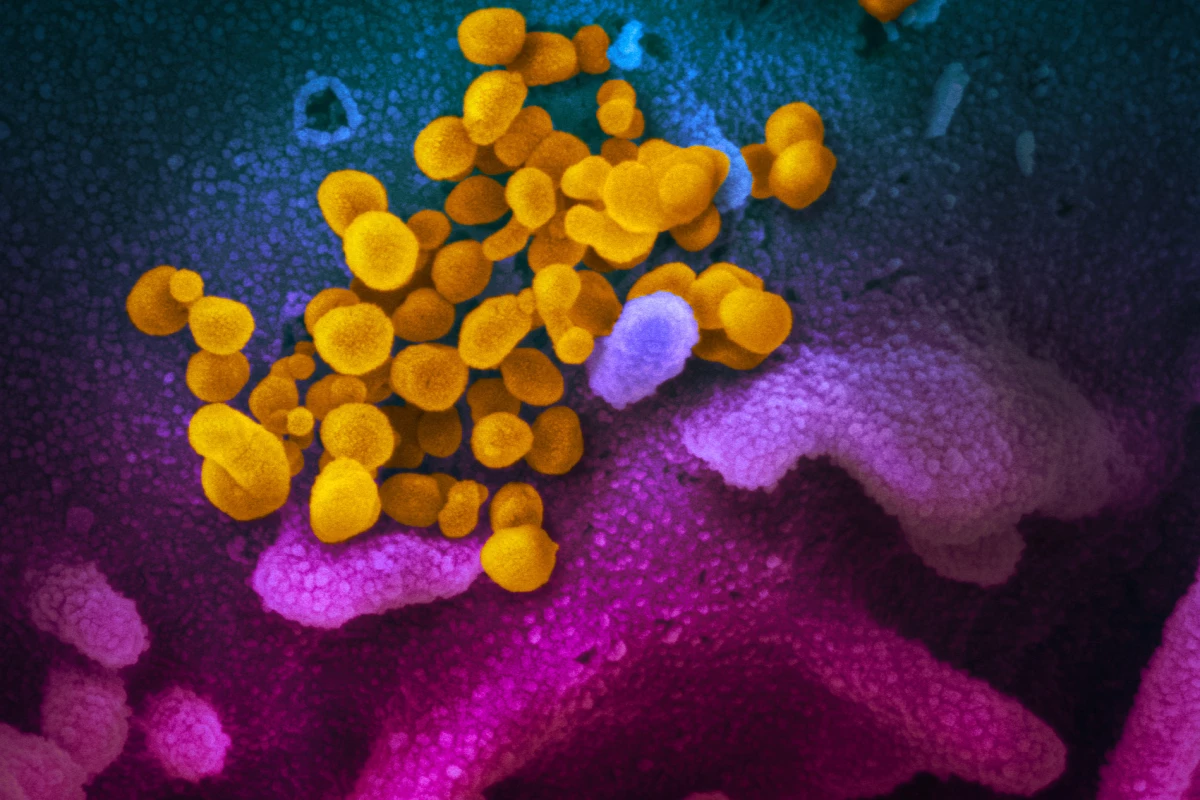As global confirmed COVID-19 cases cross 90,000, with more than 3,000 fatalities, the World Health Organization’s Director-General says the world is now in “unchartered territory” but the virus can still potentially be contained.
As of the March 2, according to the Johns Hopkins University Coronavirus COVID-19 disease tracker, there have been 90,279 confirmed cases and 3,085 deaths. In a recent media briefing, the WHO’s Director-General, Tedros Adhanom Ghebreyesus, attempted to put these numbers into context suggesting the global spread of COVID-19 is still relatively small with 90 percent of the total confirmed cases concentrated in China.
“Of the 8739 cases reported outside China, 81 percent are from four countries,” said the Director-General at WHO’s most recent briefing. “Of the other 57 affected countries, 38 have reported 10 cases or less, 19 have reported only one cases, and a good number of countries have already contained the virus and have not reported in the last two weeks.”
The Director-General again resisted calls to declare the COVID-19 spread a pandemic, using the words "outbreak" and "epidemic" to describe the current spread of the virus. Despite the WHO’s hesitations, some countries such as Australia are already activating national pandemic plans with the assumption a pandemic is either already underway or inevitable.
“We appreciate that people are debating whether this is a pandemic or not,” said Director-General Tedros at today’s briefing. “We are monitoring the situation every moment of every day, and analyzing the data. I have said it before and I’ll say it again: WHO will not hesitate to describe this as a pandemic if that’s what the evidence suggests.”
The WHO lays out three stages each country will go through in attempting to curb the spread of the virus, with each stage requiring certain actions to offer the greatest chance of containment. The three stages are: first case, first cluster and first evidence of community transmission.
“There is no one-size fits all approach,” said the Director-General. “Different countries are in different scenarios. More than 130 countries have not detected any cases yet. Some just received their first cases yesterday. Some have clusters of cases, with transmission between family members and other close contacts. Some have rapidly expanding epidemics, with signs of community transmission. And some have declining epidemics, and have not reported a case for more than two weeks.”
DO - talk about the new #coronavirus disease (#COVID19)
— World Health Organization (WHO) (@WHO) March 2, 2020
DON'T - attach locations or ethnicity to the disease, this is not a “Wuhan Virus”, “Chinese Virus” or “Asian Virus”.
The official name for the disease was deliberately chosen to avoid stigmatizationhttps://t.co/yShiCMfYF3 pic.twitter.com/belHrq5HVo
Over the past few days, for the first time, confirmed cases of COVID-19 outside China began to exceed the volume of new confirmed cases within China. In a comprehensive interview with Vox, the WHO’s assistant director-general Bruce Aylward, says this means the world can learn important lessons from China as to how to best curtail the spread of the virus.
Of course, Aylward is clear in noting this isn’t a suggestion that countries around the world undertake mass citywide lockdowns as China did in Wuhan. Instead, he believes the most successful measures deployed in the large country were traditional public health responses such as rapid isolation of cases and clusters, alongside educating the population about ways to limit basic transmission.
“Since coming back from China, everybody I talk to begins with, “We can’t lock down a city of 15 million people like China.” I say, “Why would you ever want to?” And I ask, “Does your population know x, y, z [about the virus]?” I learn they haven’t started with the basics. So, No. 1, if you want to get speed of response, your population has to know this disease,” Aylward said to Vox.
Source: World Health Organization




